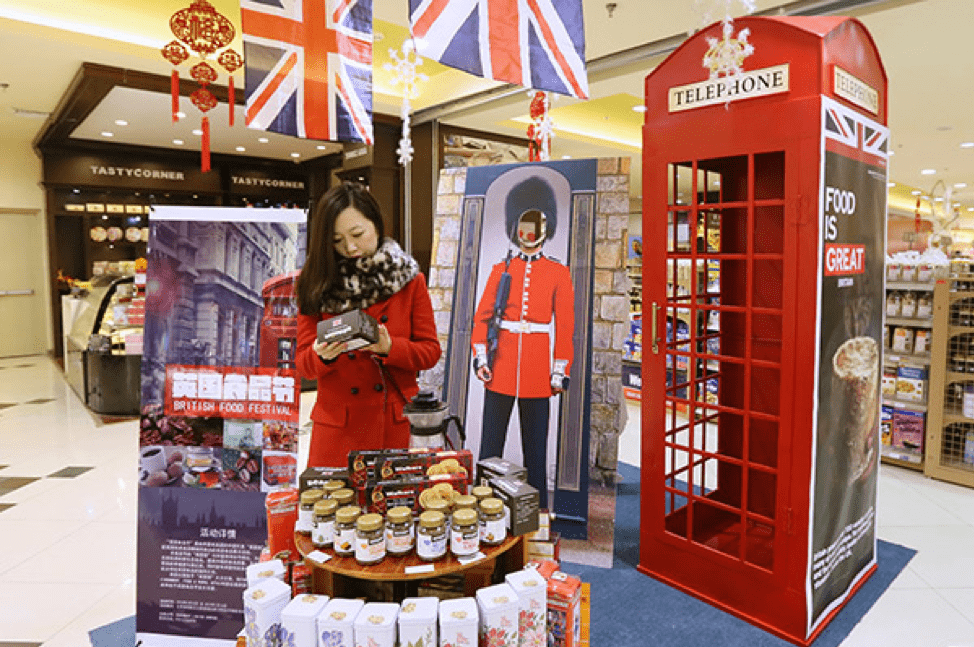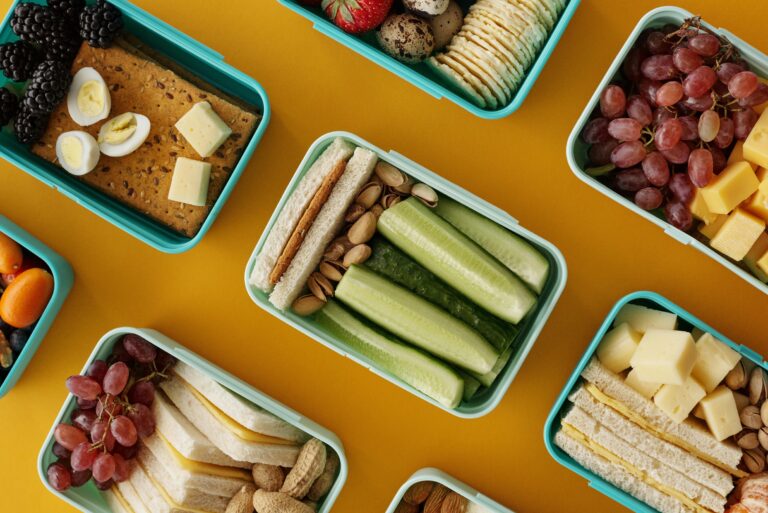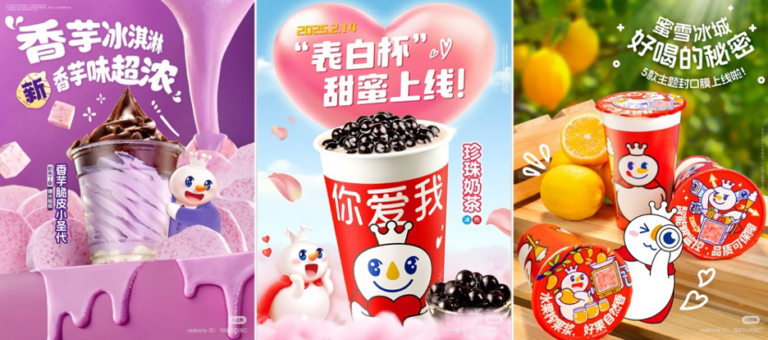Importing food to China in 2019.
Consumers demand for imported food in China has been growing steadily over the last several years. In 2017 China imported 53 million tons of food, up 36.5% from the year before. The value of the food imported also rose by 25%.
Figure 2: Food-navigator Asia
In 2017, China’s total food imports amounted to USD 58.28 billion in 2017, up 25% year-over-year. China currently imports around USD 79 billion worth of food, making it one of the world’s largest imported food markets. China’s food imports make up 6.7% of its total merchandise imports, placing it ahead of the US, India, and Brazil for food imports. Sales of imported food products in China are growing at a rate of 15% per year, against a worldwide average of 4%.
There are currently 50-60,000 various imported food brands available in China. Packaged snacks, beverages, dairy, meat, and health foods are the most popular foods imported to China. The European Union is China’s largest imported food supplier, followed by the United States, New Zealand, Indonesia, and Canada.
With the development of cross-border e-commerce and custom transportation purchasing imported food in China is becoming increasingly convenient and efficient for consumers and supermarkets alike. As of May 2018, over 20,000 transnational e-commerce enterprises had been newly established in 22 pilot cities including Beijing, Nanjing, and Wuhan.
Chinese customs has opened ‘green channels’ to simplify import procedures for food products and reduce processing times. Since January 2017, the average time for an imported food product to go through custom has been reduced by 45.8% to an average of 6.69 hours.
Despite rising quantities of imported food and some improvements in customs processing time, the food import process in China is still cumbersome and lengthy.
The market for imported foods in China
Imported foods in China were previously favored mainly by expats, but they are now growing in popularity among Chinese nationals. As a standard of living rises, Chinese people have become increasingly picky about their food quality and increasingly value diversity and exotic tastes. Safety certification, packaging, and country of origin also factor in consumers’ purchase decision process.
In China’s first and second-tier cities, 84% of consumers have purchased imported food at least once. Most imported food buyers have an annual family income of RMB 200,000. Imported food purchasers in China are young, with 65% between 26 and 35 years old.
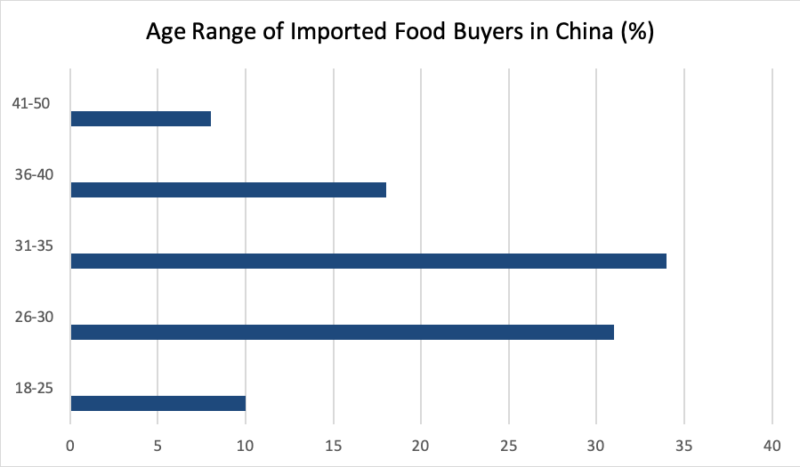
Chinese consumers are buying imported food both online and in store. For online sales, the primary imported food distributors include Taobao, TMall, Amazon, and Jingdong. Brick-and-mortar stores that stock imported food goes beyond supermarkets and foreign stores to include small convenience stores and local shops.
Imported food purchase location trends fit with China’s New Retail. New Retail, a concept theorized by Jack Ma of Alibaba, rethinks the consumer shopping experience to merge online and offline commerce. New Retail in China is not only an initiative to design innovative new stores, but also a marketing strategy to reshape the Chinese grocery retail landscape. New Retail is thus profoundly reshaping the entire grocery retail eco-system.
Alibaba is also part of a group of companies that have introduced a food traceability system based on blockchain technology, called the Food Trust Framework. Its goal is to ensure traceability and transparency throughout the supply chain. By scanning the QR code of product at certain supermarkets, the customer will be able to access a report showing the grocery product’s circuit, its origins, transformations, and pictures of the distributor’s operating permits and food safety certificates. This meets consumer demand for quality products while also improving the product range and optimizing space design.
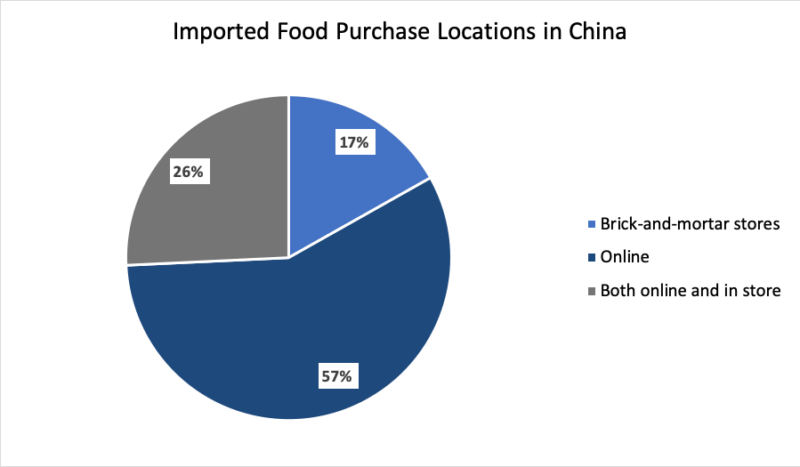
Demand for guaranteed safe foods has been a factor driving the increase in imported foods in China. In 2008, a scandal in the Chinese dairy industry revealed that tainted milk powder had caused hundreds of thousands of infants to develop kidney stones. Today, imported milk accounts for 80% of the milk market in China. Likewise, demand for imported fruit, vegetables, meat, fish, and seafood has skyrocketed.
Regulations and restrictions for importing food in China
China sorts all imports into three categories: prohibited, restricted, and permitted. Food falls under the restricted category because importers require licenses and because certain food products must meet quotas. Food items subject to import tariffs and quotas include wheat, corn, rice, and sugar. Imported food marketed as a health food, baby food, and GMO foods is also subject to specific regulations.
In order to export food to China, companies must comply with Chinese food safety laws; Chinese import and export commodity inspection laws; imported food filing regulations in China; plant and animal quarantine laws in China; and more. Exporters must also register each food shipment with the Administration of Quality Supervision, Inspection, and Quarantine department (AQSIQ) to be tracked.
Food import process in China: Pre-Import
Companies looking to import food to China first need to receive from the government a license to import, a commercial license, and registration with the Certification and Accreditation Administration (CAA). Registrations and licenses are valid for only four years. Some food products, such as health food, meat, and dairy, are subject to special conditions and require special registration.
Label requirements for imported food products in China
All pre-packaged imported food products must be labeled in simplified Chinese characters. The words, symbols, and numerals on the label must not be below 1.8mm in height. The food label may also include foreign languages, must the size of the writing in the foreign language must not be larger than that of the corresponding Chinese, except in the logo. Labels on certain products, such as milk, have additional requirements.
All imported food labels need to be approved by China’s Service of Inspection and Quarantine (CIQS). Importers must provide a paper version of the label in Chinese, a digital version of the label, and a copy of the original label in English. If the label says the product has won any awards, the importer must provide certifications proving this. The label cannot include an indication or implication of disease prevention or treatment. The label cannot claim health functions if the food is not a health food.
The imported food label must contain:
- Food product name;
- Table of ingredients or formulation in descending order;
- Food additives used and their generic names;
- Net weight;
- Names, addresses, and contact information of manufacturers, agents, producers, and distributors;
- Production license number;
- Dates of production;
- Suggested consumption and expiration dates;
- Storage guides;
- Country of origin;
- Category of quality;
- Code of national and industrial norms for production.
Food label inspection in China includes an inspection of the label’s format and compliance and a check of the truthfulness and accuracy of the content related to the label.
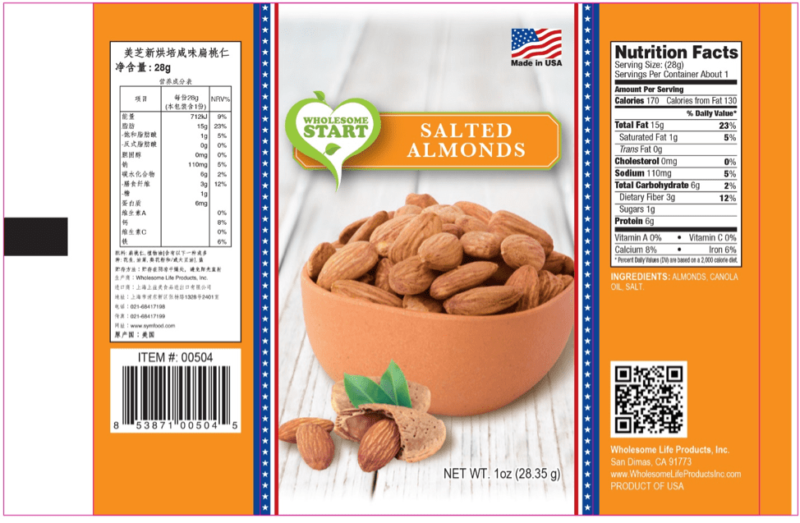
Food labels that pass inspection receive a stamp on their inspection certificate and obtain a filing number of the products that can be imported. A photo or copy of the label is filed away for future examination. Every time pre-packaged food is imported to China the inspection and quarantine department must inspect the label, regardless if it’s a label that’s been cleared in the past.
Imported food labels that do not pass inspection are commonly rejected for 5 reasons:
- Health functions are claimed on the label of a common food;
- The foreign language words are larger than Chinese writing;
- The food name does not indicate the food’s true nature;
- The label claims the food is ‘no sugar’ or ‘low sugar’ but this is not indicated in the content of sugar in nutrition information;
- Values in the nutrition information table are improperly rounded.
Food import process in China: arrival at a Chinese port of entry
Upon shipment arrival in China, importers must provide detailed documents describing the food quality, packaging, hygiene, labeling, and inspection. Exact documentation requirements vary between products and product categories, but all shipments must include approval documents, health certificates, quality inspection certificates, and country of origin certificates. Imported food products that use ingredients regarding pesticides, fumigants, and additives must provide additional documents.
The documents are reviewed only after the food shipment reaches China. If the inspection and quarantine department at the Chinese port of entry determines that the documents meet requirements, a customs clearance document will be issued, and the cargo is released to customs for declaration and cargo delivery formalities.
If documents are cleared, inspection and quarantine officials board the ship to check the condition of the cargo. The on-site inspectors check the type of cargo currently carried; type of cargo previously carried; methods of cleaning the cabin between cargo rounds; port of loading and date of shipping; incidents during voyage; condition of refrigeration (if applicable); cargo stowage plan; and fumigation and cabin inspection certificates.
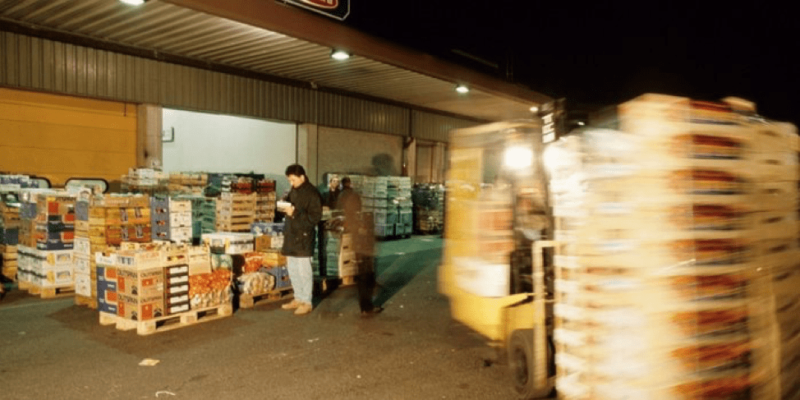
If the ship clears inspection, the officials open the cargo to check if the food stowed is mixed with pesticides, fertilizers, or other chemicals; whether the food has been affected by contaminants, decay, foreign objects, mold, worms, or other sensory abnormalities; if the food packaging is intact and has not sustained damage or leakage; and if frozen food has been defrosted.
Food is sampled to check for are abnormalities in the food’s appearance, color, smell, taste, elasticity, or sound. For food imported in large quantities, inspectors take one sample weighing 2 kg from the upper, middle, and lower sections of the cargo. For food imported in small quantities, inspectors take at least three pieces weighing at least 0.5 kg. For bulk food, inspectors take samples from the four corners and center of the cabin that weigh at least 0.5 kg. After sample taking, the relevant sample will be divided into three portions for inspection, re-inspection, and safekeeping for examination or arbitration purposes. The sample is sent to a laboratory for sensory inspection; physiological and chemical tests; nutrient analysis micro-organism tests; acute toxicity tests; radioactive substance tests; and pest/disease inspection. If the sample is cleared, a sampling certificate and qualified health certificate are issued to both the cargo owner and the inspection and quarantine department.
If the food passes hygiene inspection, inspectors check the process of unloading, the unloading ground, the unloading equipment, and the transportation methods.
Imported food is required to be unloaded as special unloading sites that have been inspected to be clean of contaminants. Before imported food can leave the Chinese port to be sent to a warehouse for storage and distribution, health officials must inspect the site and the equipment that will be used to load and unload the food there.
Substandard imported food in China
Imported food that does not pass China’s food standards is subject to return, destruction, re-processing, or change of use. Imported food deemed as not fit for consumption or sale in China but not dangerous is returned to the import consignor. Unqualified foods that are badly decayed, moldy, worm-eaten, carry infectious or harmful germs, contaminated by toxic or hazardous substances, expired, or have sensory abnormalities is destroyed. Imported foods that are substandard but could meet health standards and hygiene requirements if processed or treated correctly is sent to the consignor for re-processing. Substandard imported food that cannot be treated or processed but can be used as feedstuff or non-food industrial raw materials is sent to the consignor for change of use.
Substandard food imports are most commonly returned or destroyed.
In 2017, 49,000 tons of imported food products were seized by Chinese customs. The non-compliant products were mainly beverages, pastries, sugar, and grains. The main reasons cited for seizure were product quality, certification and labeling, excessive additives, and microbial contamination. Domestic and international companies found to break food import laws face penalties including more stringent supervision and the removal of the right to trade in China.

Importing food to China: Special rules for imported health foods
Imported products marketed as health foods are subject to more stringent rules than other imported food in China. Before import, the health food import agent must apply to China’s State Food and Drug Administration (SFDA) for an Imported Health Food Approval Certificate. Once the health food shipment reaches China, the inspection and quarantine department at the port of entry supervise an intensive inspection and certificate verification. If the health food includes a food type or additive that has never before been imported to China, a sample of the food must be checked, inspected, and granted approval by both the SFDA and the inspection and quarantine department. Beyond sending a sample of the food, the importer must submit a health assessment completed by the country of origin, which includes a toxicological assessment, quality standards, production processes, efficacy, suggested amount of use, the product’s physical and chemical properties, inspection method, and relevant international standards.
Foreign governments lobby China to scale back the intensity of food import laws
Foreign governments have been lobbying since 2016 to scale back food import regulations in China. European officials complain that import laws shield Chinese suppliers from the competition and allow China to block imports from individual countries.
In October 2017 China instituted a new law requiring each food shipment to have an inspection certificate from a foreign government. A group of 36 food exporting countries, including the US and the EU, immediately protested the new regulation in a letter to the Chinese commerce minister and AQSIQ. Protesting countries argued that intensive inspections of imports would hamper their access to the fast-growing Chinese market, disrupt trade, and is potentially in violation of China’s free-trade commitments. Protestors further argued that the requirement that each individual shipment has a certificate would waste resources. Regardless, the law stands.
The future of imported food regulations and restrictions in China
China announced a series of measures to reduce tariffs and expand food imports at the 2018 Boao Forum for Asia Annual Conference. But while China plans to import more food in the future, they do not have any plans to ease the difficult approval process.
Companies that want to import food to China must follow a series of confusing rules and regulations. As such, experts familiar with the Chinese food import process strongly recommend that new importers seek the help of a local agent to ensure that they have all necessary documentation and that all shipments are up to regulation codes. Businesses that can help foreign companies import food to China include SinoShipping and Export2Asia.
Author: Alison Bogy
Make the new economic China Paradigm positive leverage for your business
Do not hesitate to reach out to our project managers at dx@daxueconsulting.com to get all answers to your questions


